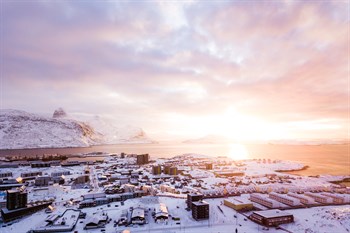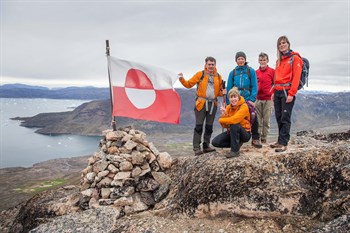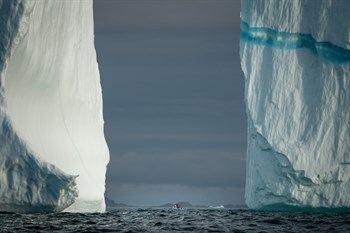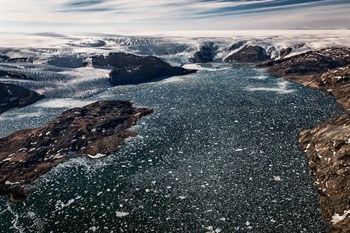
Kayaking in Greenland: Pioneering yet Humble

Why the Kayak? In this week’s post, we seek to explore ancient art of kayaking, it’s more modern incarnations, and all the things that make it so popular today.
Etymology: Greenlandic Origins
Kayaks. Hugely simple, huge amounts of fun. So synonymous is Greenland with kayaking, that the word that we use in English and in other languages actually has Greenlandic origins!
The word kayak (or “qajaq”, meaning "man's boat" or "hunter's boat") stems from one of the 14 dialects of the Inuit-Yupik-Unangan family of languages. Kayaks are thousands of years old, with the oldest believed to be 4000 years old; as old as the first wave of immigrants that first came to Greenland from northern Canada.

Ancient Utility, Modern Relevance
Kayaks were essential to the way if life of indigenous peoples in the subarctic regions of the world. They are still used in traditional hunting practices in Greenland, the first of which were sewn from seal skins (sewn by the hunter’s wife) stretched over a wooden hull, or out of whale bone if there was no wood available.
But today, is the kayak any less used? If anything, kayaks are used much more now today than they ever have been in their entire history, owing mostly to their popularity in the outdoor industry. In most places kayaks are used primarily for recreational purposes, made first from fibreglass, and then from a roto-molded polyethylene resin, making it light and waterproof. In Greenland however, the kayak is a link to the past, a cultural symbol that resonates through generations of Greenlanders.

Smallness, Nearness and Rhythm
What is it about kayaks that people enjoy so much?
There is something very humbling about scale in nature: feeling small next to something big, or very big next to something small, and kayaking in Greenland falls squarely with the former. What could be more humbling than paddling past a piece of ice that is 1000 times larger than you, and then realising that the piece you don’t see is 900% larger than the piece you do see?
And that is just the abiotic nature! On the biotic side, how about a humpback whale as it blows water 5 meters into the air? Or a flock of birds flying overhead, many of which have made a journey several times longer than the journey you made to get to Greenland. Imagine that.
And what abut being so close to something so large? This is the second dimension of the scale question: being able to reach out and touch it with your paddle, perhaps even your hand, is an experience you don’t usually get.
And then there is the simplicity of your body being the sole means of locomotion. Of course, this is also the case with skiing, snow showing or indeed hiking. But how else is it possible to get such an intimate connection with water, so close to the surface, as with a kayak?
In Greenland it’s you and the ice, out in the world. Pioneers, and ephemeral breakaways, temporarily together on this earth for a short time. Surely an exquisite, heart-thumping moment.

Be a Kayaking Pioneer!
Imagine all of this, and then make it real: If you have never though about kayaking, it’s very easy to pick up the basic technique. If you are an experienced kayaker, Greenland is a great destination to explore. Greenland adventures offers an epic kayaking tour in East Greenland, with 100-110km covered over 10 days. Be bold, and be a pioneer!








 See what our customers have to say about us!
See what our customers have to say about us!





